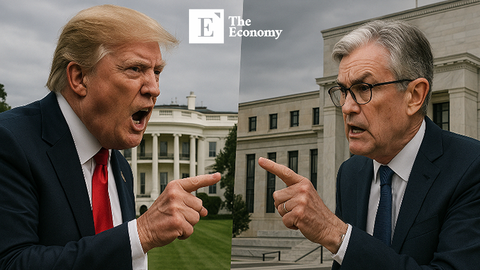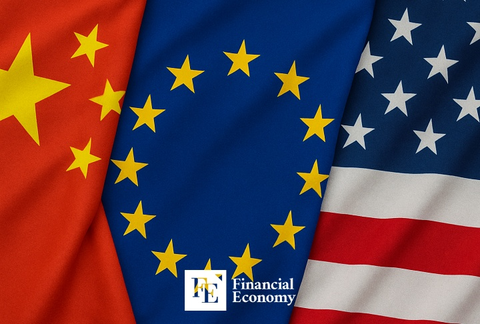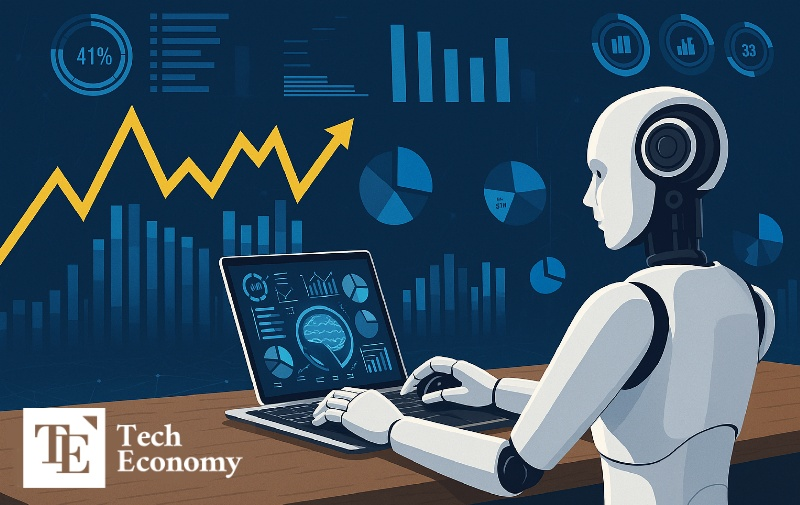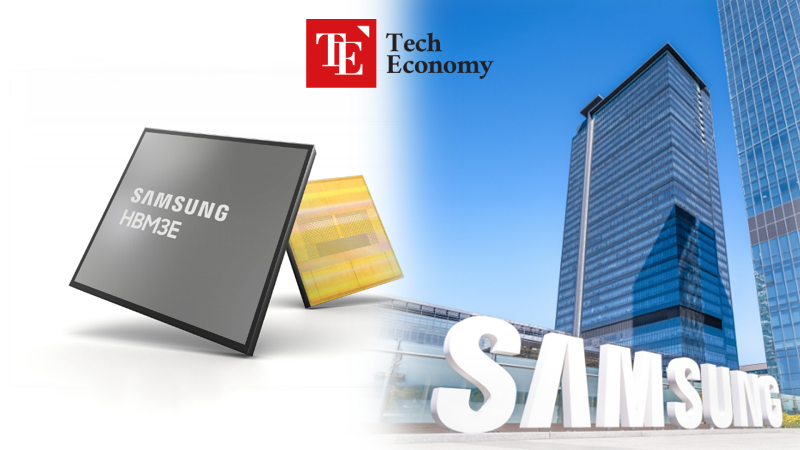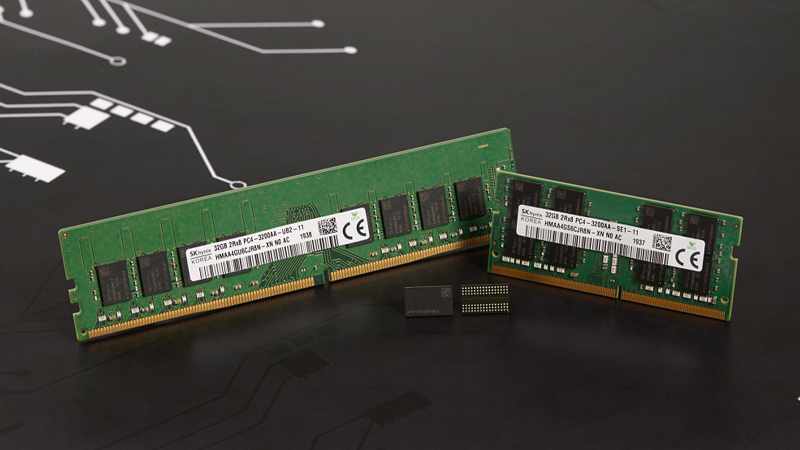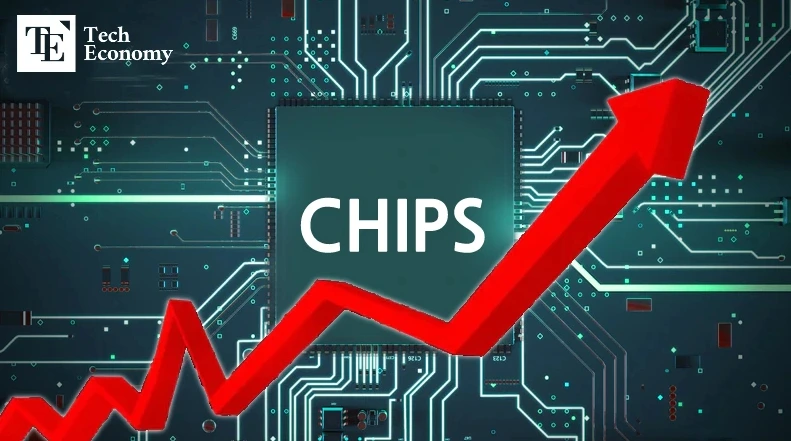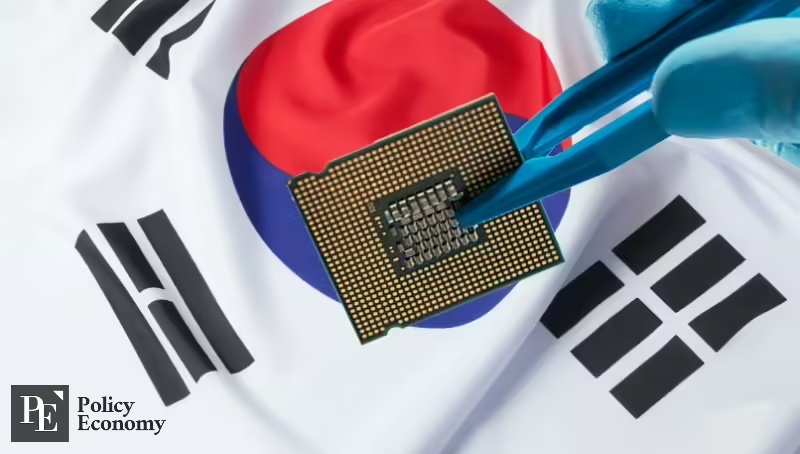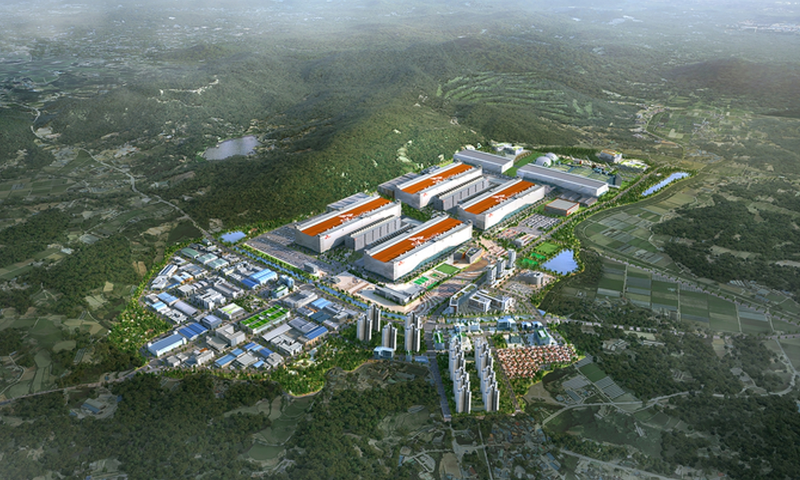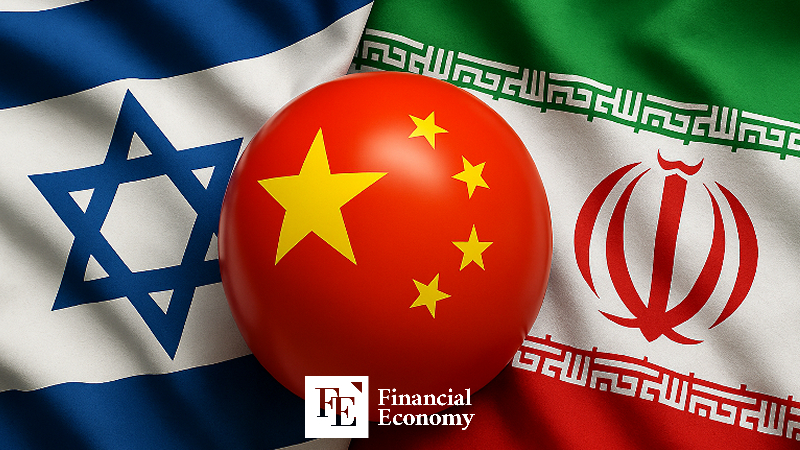LG Electronics Makes a Comeback in India, Revives IPO Plans and Bets Big on Emerging Markets
Input
Changed
IPO Previously Halted Amid Investor Pushback Failed Appliance Subscription Model Turns Into a Blessing in Disguise Targeting the ‘Emerging Market Premium’ in Full Force
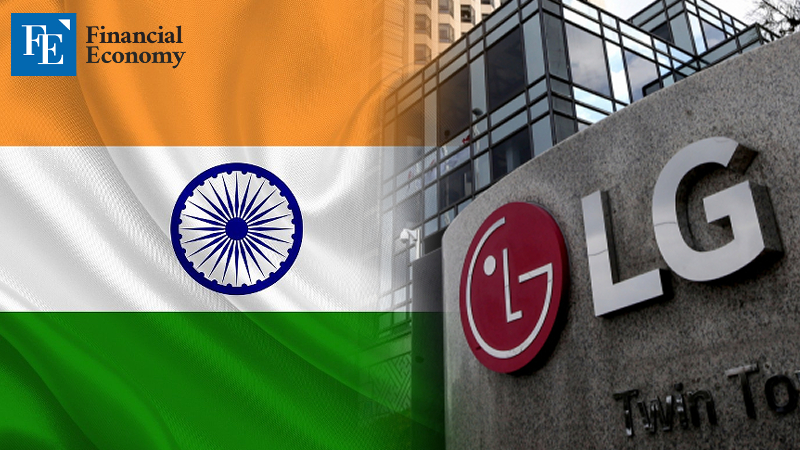
Reports suggest that LG Electronics may resume the IPO of its Indian subsidiary as early as this September, following a pause in April. While the company initially withdrew its listing plans, sources indicate that the move was driven more by valuation concerns from investors than by U.S.-led trade tensions.
Around the same period, LG also ended a short-lived home appliance subscription service in India, revealing a misjudgment of the local market. However, some analysts view this early failure as a valuable lesson ahead of the IPO, allowing the company to course-correct without the reputational damage that might have followed a public listing misstep.
LG Electronics Reassesses IPO Strategy Amid Valuation Pushback
On the 19th (local time), Bloomberg News reported—citing sources familiar with the matter—that LG Electronics plans to resubmit its IPO application to Indian financial authorities later this summer, reflecting updated financial performance. If approved, the IPO could proceed within the year. The company had originally submitted documents to the Securities and Exchange Board of India (SEBI) in December last year, receiving regulatory approval in March. However, it abruptly shelved the listing in April, citing market conditions and stating it would revisit the timeline.
At the time, LG pointed to global trade uncertainty triggered by U.S. reciprocal tariff policies as the reason. However, many industry watchers believe the real driver was investor backlash. LG was said to have aimed for an aggressively high valuation for its Indian subsidiary, reportedly seeking a price tag of USD 1.5 billion. This sparked unease among key investors, some of whom began backing away, ultimately derailing the IPO. Some critics suggested that LG’s valuation ambitions had blinded it to optimal market timing.
LG Electronics' Indian subsidiary is the market leader in consumer electronics in India and has consistently delivered strong financial performance, buoyed by rising demand from the country’s expanding middle class. Many believed the IPO was poised for success based on its fundamentals. However, the valuation gap between LG and investors remained unresolved, turning the IPO into a perceived risk. The timing also coincided with a broader global market downturn in April, making investors more cautious. LG ultimately chose to recalibrate rather than push forward prematurely.
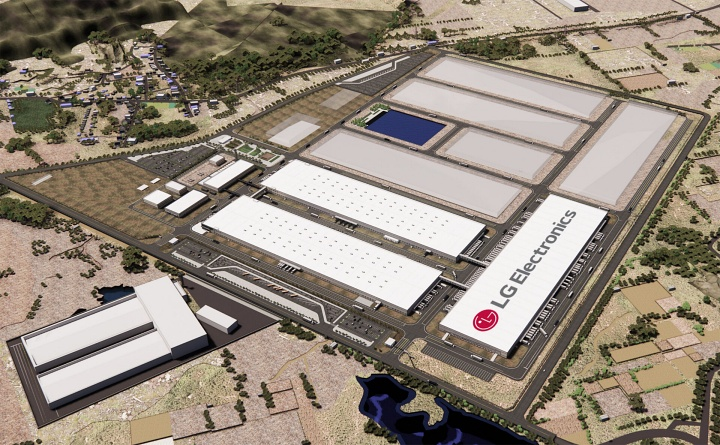
Subscription Service Misstep Seen as a Fortunate Warning
Amid these developments, news has emerged that LG Electronics quietly discontinued a subscription-based appliance service in India just three months after its pilot launch last November. The service, which allowed customers to pay a monthly fee for using appliances like washing machines and TVs, was targeted at urban millennials in cities such as Delhi, Noida, and Gurugram—those eager to access new technology without the upfront cost of ownership.
However, consumer response fell short of expectations, and the service was officially shut down in January. Local industry observers attributed the failure to a mismatch with Indian consumer preferences, which still lean heavily toward ownership. Concerns over long-term costs of subscription payments and doubts about service reliability also hindered adoption, limiting the model’s appeal.
Nonetheless, the fact that this strategic misstep occurred before the IPO, not after, may have been a blessing in disguise. Had the service been withdrawn post-listing, market confidence and stock value could have taken a hit, with LG facing simultaneous criticism from investors. Since IPOs expose a company’s brand, leadership, and business model to heightened scrutiny, such a public failure soon after listing might have jeopardized any valuation premium the company hoped to secure. Market participants agree that by encountering these headwinds early, LG Electronics avoided a potentially more damaging outcome down the road.
Emerging Markets Offer Growth Amid Economic Slump
Despite the failure of its ambitious subscription service pilot, LG Electronics is gearing up to relaunch the IPO of its Indian subsidiary, driven by a broader shift in global market dynamics. While consumer electronics demand in developed markets like the U.S. and Europe has plateaued or declined under the weight of high interest rates and economic slowdowns, India is rapidly emerging as a strategic growth hub. Accelerated urbanization and the expansion of the middle class have made India one of the most attractive battlegrounds for global appliance makers.
For LG Electronics, the IPO is more than just a capital-raising exercise—it is a strategic move to solidify its long-term presence and brand dominance in this increasingly important market. Establishing a public footprint could strengthen investor confidence and signal LG’s commitment to sustained growth in India.
LG Electronics first entered India in 1997, and 2025 marks its 28th year of local operations. Over nearly three decades, the company has built a robust production infrastructure and cultivated strong consumer trust through consistent branding and customer service. These efforts are now yielding results.
In the first quarter of 2025, LG’s Indian subsidiary posted revenue of approximately USD 920 million and a net profit of USD 92 million. Both are record-breaking quarterly figures, with a full-spectrum product lineup across major appliance categories and local production capabilities, LG is well-positioned to leverage its IPO not only to attract capital, but to enhance local investor engagement and market visibility.
Analysts believe that LG’s operational maturity, brand equity, and financial performance in India provide a strong foundation for a successful public listing. If the IPO proceeds as expected later this year, it could serve as a catalyst for future expansion and strengthen LG’s foothold in one of the most promising markets in the global consumer electronics landscape.


